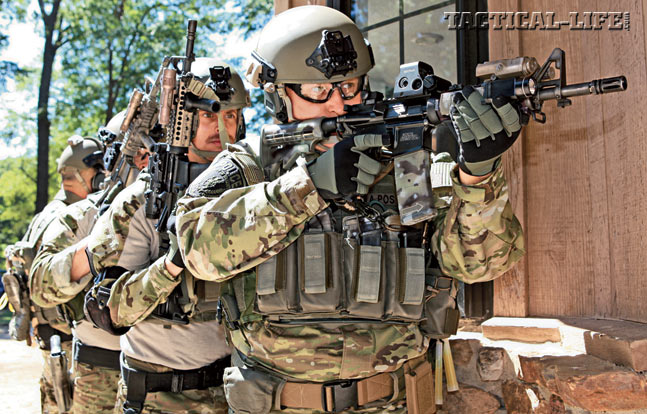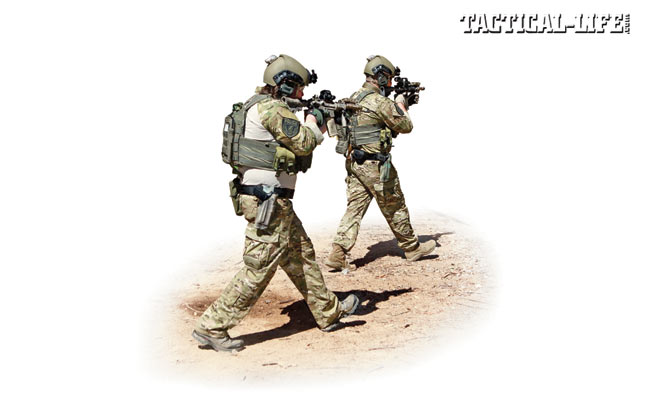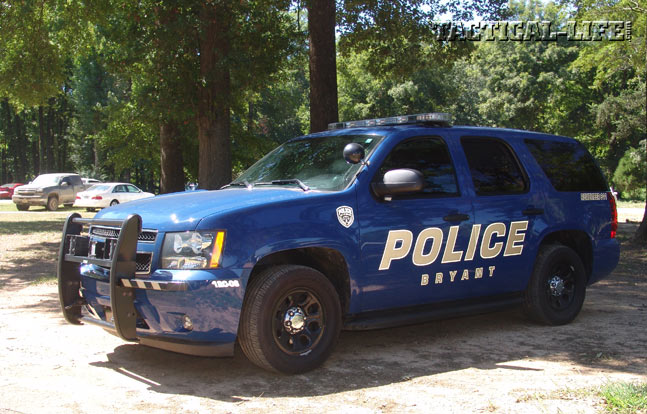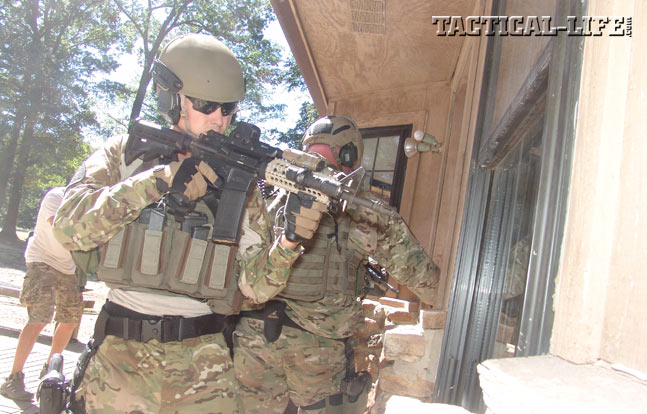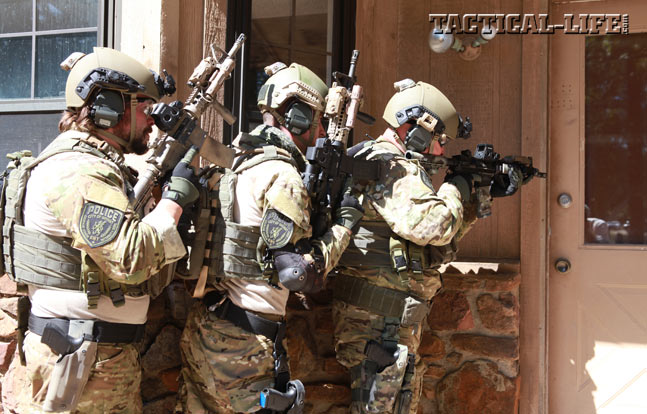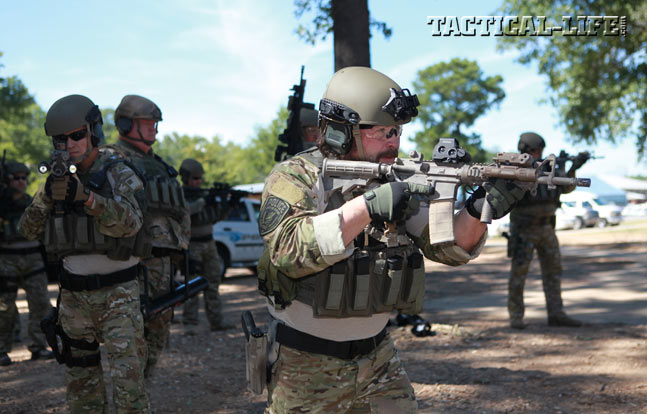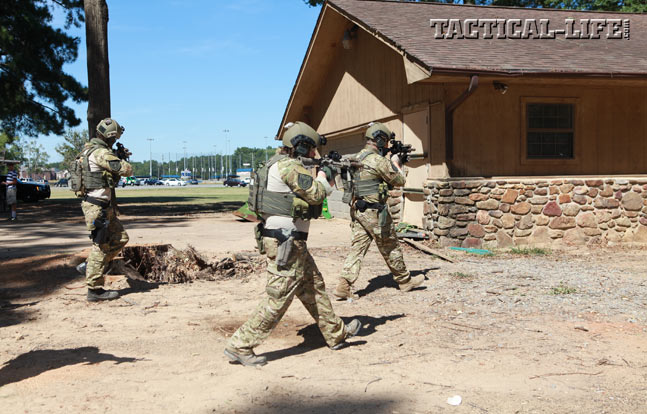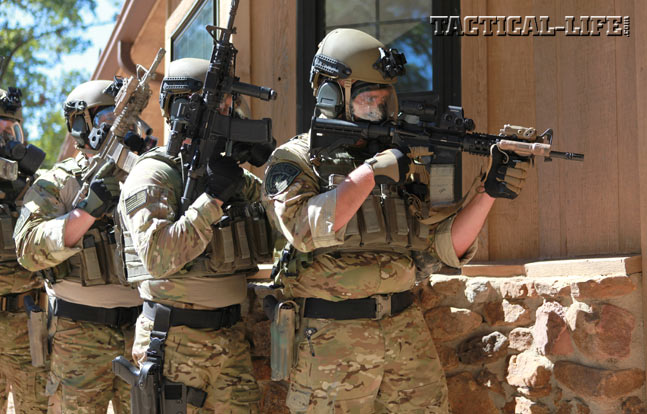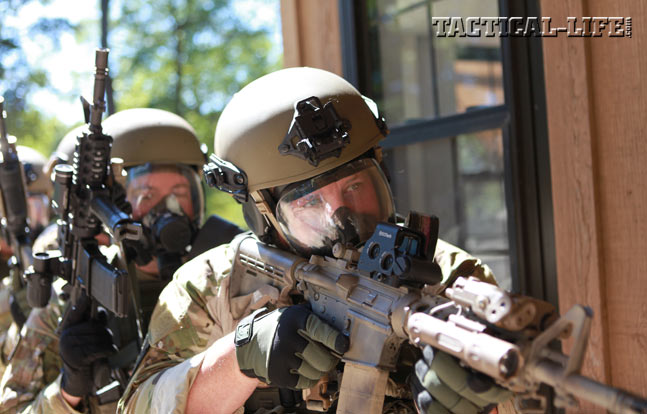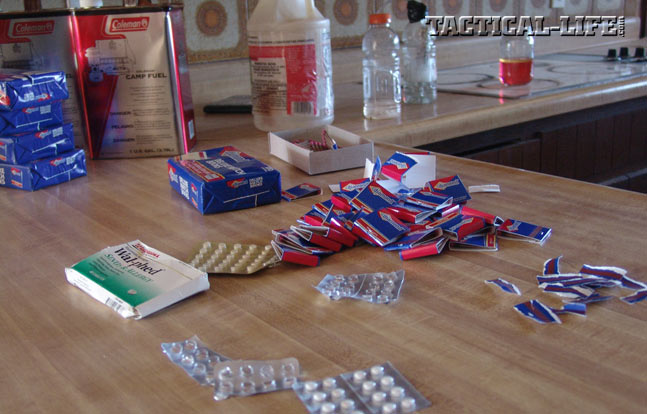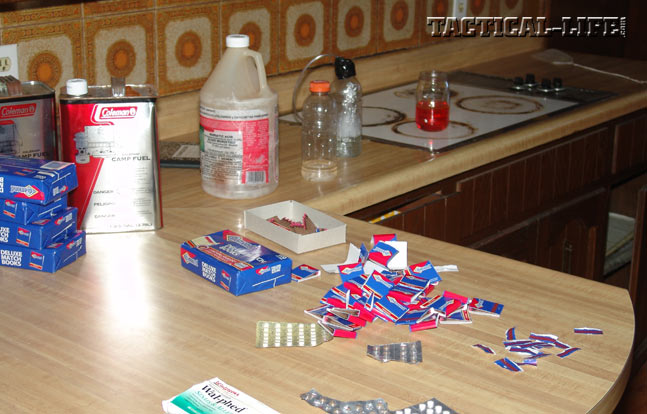Although glamorized by fictional episodic television shows, the science of producing illegal methamphetamines is fraught with risk. And the risk is not just for the criminal chemists. Since the process is mostly “best guess” using improvised, unclean equipment and toxic solvents, the user can never be sure of the product’s quality, strength or if its use will produce serious after-effects, including death. The effects of the residual toxic waste dumped into the local community, including the persistent “second hand smoke” equivalent of the meth contamination that stays in the structures used for cooking meth—affecting those who may not even be aware that their home or apartment was once used as an illegal lab—cannot be underestimated.
The risk also applies to neighbors, non-criminal civilians and patrol officers and deputies who might encounter an active lab or come across the detritus of the meth-producing chemical concoctions during their routine duties. However, the biggest risks face those law enforcement officers who are tasked with serving high-risk warrants and making opposed entries. Those special operations teams, some specifically tasked to thwart meth labs, have to be prepared to encounter armed and desperate criminals in a very toxic environment containing highly volatile, even explosive, reagents. One of those special operations teams is the Bryant, Arkansas, Police Department Emergency Response Team (ERT), which recently practiced the art of entering and securing a suburban house containing a fully operational meth lab.
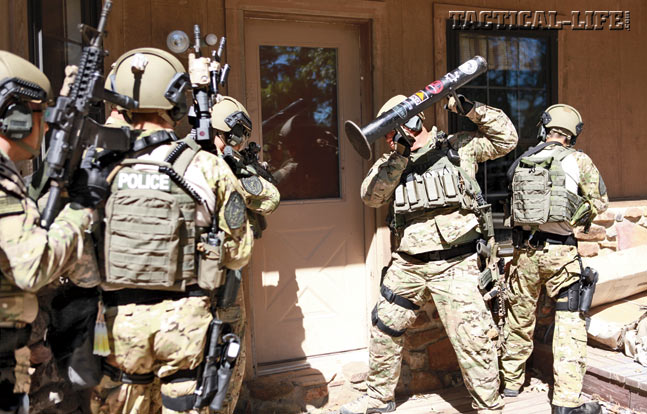
Bryant PD
Advertisement — Continue Reading Below
Although a small agency in a bedroom community of Little Rock, Arkansas, the Bryant Police Department (BPD) is dedicated to making sure that the residents, visitors and commuters on interstate I-30, which bisects Bryant into north and south, are well protected from not only random criminal acts but organized acts of terror and violence. The BPD has 42 sworn officers, with six school resource officers, three of whom are also members of the ERT.
“The Bryant ERT is an all-volunteer, 15-person organization including two sworn medics, a full-time firefighter and a flight medic for the local hospital who responds with the team…”
The well-trained Bryant ERT is on call for situations that need a higher-level law enforcement response, such as an active shooter, an armed criminal standoff or entry into a potential illegal drug-manufacturing facility.
The Bryant ERT is an all-volunteer, 15-person organization including two sworn medics, a full-time firefighter and a flight medic for the local hospital who responds with the team. All of the team members receive the same training to ensure that they can all work together regardless of the situation. To achieve that consistent proficiency, the BPD trains not only in-house but outsources some specialty classes with select off-site organizations, including the Benton Police Department and the Direct Action Resource Center (DARC). The DARC is a comprehensive tactical training group that specializes in instruction on using gas and dynamic breaching as well as mission preparation, planning and execution, including live-fire and reality-based scenarios with kinetic feedback (see the January 2014 issue of TACTICAL WEAPONS).
Advertisement — Continue Reading Below
The Bryant ERT also includes two countersnipers who are equipped with Remington Model 700 bolt-action rifles in .308 Winchester topped with excellent Leupold Mark 4 telescopic sights. BPD patrol officers have ex-Army M16A1 rifles, while the ERT uses 11.5-inch-barreled DPMS RFA3-11 carbines in 5.56mm NATO. The department-issued sidearm is the Glock 21 in .45 ACP.
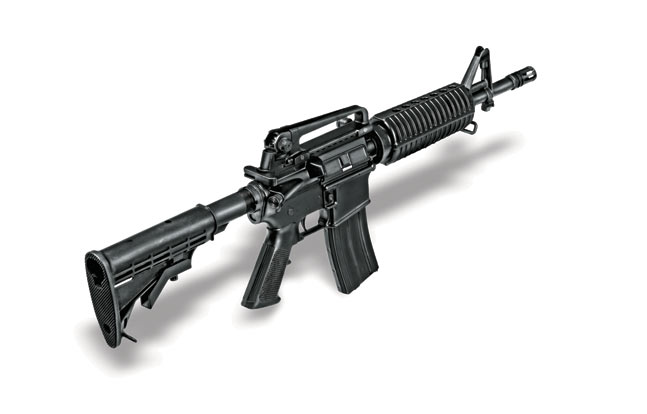
Wild Ride-Along
Photographer Jake Swanson and I were invited to participate in the takedown of a simulated methamphetamine lab. Although the growth of neighborhood meth labs has crested due to increased oversight and tight control of the drug’s components, especially the over-the-counter sinus decongestants required to obtain the needed final product, there is still plenty of demand, so homemade methamphetamines remain a dangerous problem for law enforcement. That means law enforcement organizations have to train and practice to ensure that every conceivable danger—both tactical and environmental—is considered and minimized so that no mistakes are made when the team breaches. The team has to protect themselves from violent and armed criminals and the crime scene itself.
Advertisement — Continue Reading Below
“The purpose of the exercise and training was to ensure the officers had both the practice and increased experience of how to gain entry and recognize the signs of an active meth lab…”
Since meth labs do not post MSDS chemical warning and information sheets, entry teams never know what they will face. They have to be fully clothed in fire-resistant uniforms and protected with respirators, preferably forced-air units in case they enter into a toxic or gas-filled environment. If nothing else, most meth labs contaminate the structures it is cooked in to the extent that not only are they dangerous to assault, but even reoccupy at a later date. An unfortunate result is that a lot of the buildings used for making meth have to be demolished due to the infusion of toxic contaminants into the walls and ceilings, which cannot be removed! It is just nasty stuff.
The team started by making approach drills, ensuring that their objective, flanks and rear were covered. Each officer practiced their coordinated duties, indexing their guns on any suspicious area or possible threat. The team ran through promptly stacking and breaching the structure, which was an unoccupied house typical of what has been used to manufacture meth. The team then donned full-face respirators and performed a full tactical approach, stack, breach and entry into the structure. They found the detritus of meth production: packages of generic nasal decongestants—reagents used for both the “shake and bake” and stovetop manufacture of meth—as well as ripped-up matchbooks, cans of fuel and tell-tale bottles with hoses and residue.
The purpose of the exercise and training was to ensure the officers had both the practice and increased experience of how to gain entry and recognize the signs of an active meth lab, and to continue to clear and secure the entire structure. However, what wasn’t present were the criminals or the toxic environment that they leave behind. Nor did they have to operate in an atmosphere of explosive or combustible gases, as is common with some of the indoor laboratories that have been encountered, but they were equipped and operated just as if all those dangerous elements were there. When the exercise was finished, the officers stripped off their masks, downloaded their gear and did a full debrief and honest critique (always vital after a training exercise or live operation), then packed up their gear to await the call to do it for real.
Advertisement — Continue Reading Below
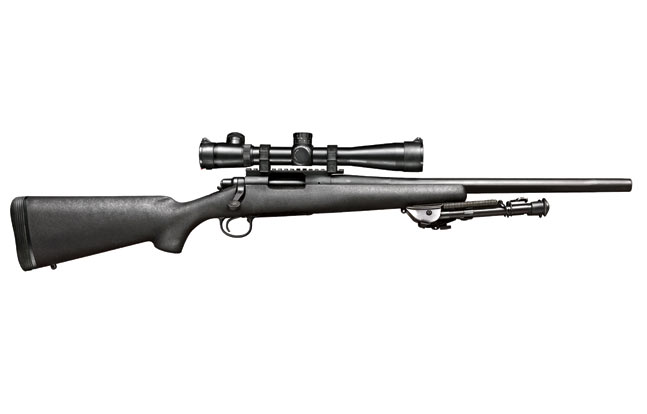
Breaking Bad Habits
Drug usage is a touchy subject, with a portion of the population in full and open agreement that they should be able to put anything they want into their bodies. However, these labs that make illegal drugs for consumption not only lack accountability for quality control, but they also make no effort to ensure that what they produce will not be dangerous or cause permanent physical damage to the unsuspecting andoften misguided user.
A person I know well had a bright and wonderful daughter who was given what was later found to be a large dose of MDMA, an empathogenic drug containing methamphetamine and known on the streets as “Molly.” After nearly dying and a long hospital stay, she now has a 40 percent diminished ability to understand and learn as well as a similar loss of memory and recognition, and the doctors think it is permanent. It is clear to me stopping criminals from making drugs is not an issue of choice—it’s about protecting innocent lives. Law enforcement must stop these criminals, who have no regard for the lives and families they have ruined. My heartfelt thanks go to all the law enforcement officers, deputies and agents who risk their lives all over the country to stop these uncaring criminal chemists. It is a job that is not easy to do, but it protects American lives, so it’s well worth doing. And teams like the Bryant ERT do it well.
Advertisement — Continue Reading Below
